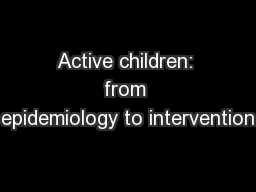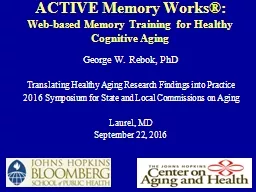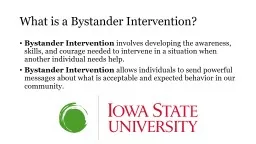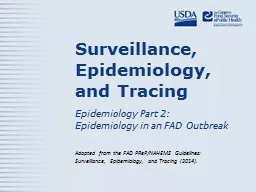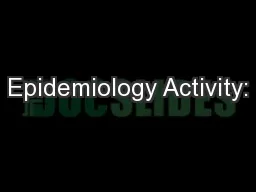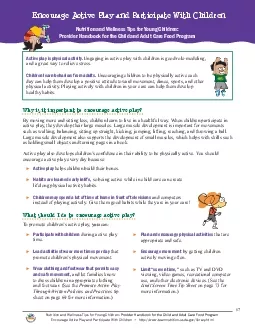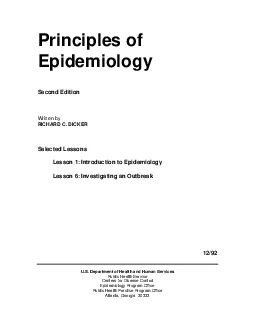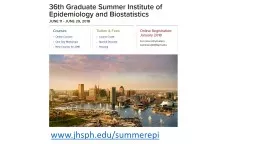PPT-Active children: from epidemiology to intervention
Author : coveurit | Published Date : 2020-06-17
sallybarberbthftnhsuk Overview What is Born in Bradford and who are our families Our early years PA research Global and local patterns of PA in childhood Correlates
Presentation Embed Code
Download Presentation
Download Presentation The PPT/PDF document "Active children: from epidemiology to in..." is the property of its rightful owner. Permission is granted to download and print the materials on this website for personal, non-commercial use only, and to display it on your personal computer provided you do not modify the materials and that you retain all copyright notices contained in the materials. By downloading content from our website, you accept the terms of this agreement.
Active children: from epidemiology to intervention: Transcript
Download Rules Of Document
"Active children: from epidemiology to intervention"The content belongs to its owner. You may download and print it for personal use, without modification, and keep all copyright notices. By downloading, you agree to these terms.
Related Documents

